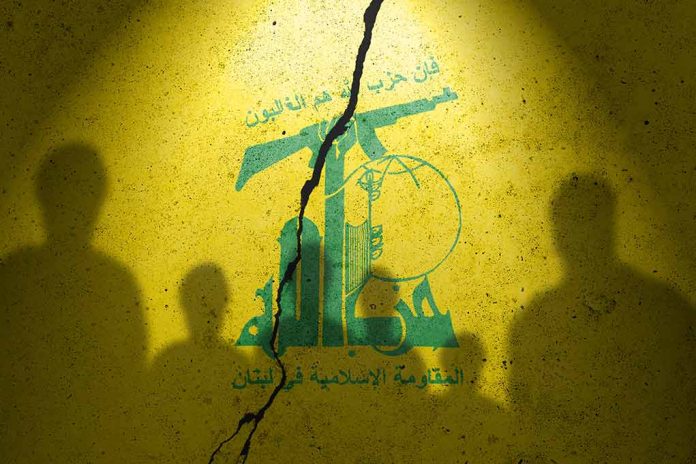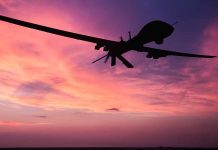
Amidst Israel’s aggressive military campaign in Lebanon, Hezbollah’s recurrent rocket attacks continue to hinder efforts for ceasefire and the safe return of displaced Israelis.
At a Glance
- Hezbollah’s 30,000-strong militia and rocket arsenal remain a threat to Israel’s northern border.
- Efforts for a ceasefire could enable the safe return of over 60,000 displaced Israelis.
- Hezbollah vows to continue rocket assaults until fighting in Gaza ceases.
- Recent Israeli operations have significantly weakened Hezbollah’s leadership and military capabilities.
Hezbollah’s Persistent Rocket Threat
Hezbollah persists with its rocket assaults against Israel, despite experiencing major setbacks due to Israel’s military operations. The group, featuring a formidable militia of 30,000 troops poised along Israel’s northern border, continues to fire short-range rockets daily. These attacks began shortly after Hamas’ October 7 incident. The resulting tension threatens to devolve into a full-scale war, unseen since 2006, complicating ceasefire efforts led by the Biden administration.
Hezbollah leader Hassan Nasrallah maintains a defiant stance, promising continuous rocket fire until the ongoing conflict in Gaza concludes. This relentless aggression has kept over 60,000 Israelis displaced along the northern border, unable to return home until the ground force threat is mitigated. U.S. diplomatic initiatives attempt to encourage Hezbollah to withdraw its forces at least 10 kilometers from the border.
⭕️ DISMANTLED: Approx. 130 ready-to-fire launchers, some of which had previously been used by Hezbollah terrorists to fire toward Israel.
Additionally, our troops located and confiscated 4 armed mobile launchers with approx. 160 ready-to-fire rockets, including the launcher that… pic.twitter.com/fpK64QRrfO
— Israel Defense Forces (@IDF) October 26, 2024
Strategic Setbacks and Military Operations
Israel has intensified its operations, specifically targeting Hezbollah’s leadership and infrastructure. One significant airstrike resulted in the death of Hezbollah’s military commander Fuad Shukr. Similarly, operations have purportedly killed various senior figures, including the group’s Secretary-General Hassan Nasrallah. Despite these losses, Hezbollah continues with substantial firepower. Defense Minister Gallant emphasized, “We will continue with additional blows that are already prepared until we achieve our goal—the return of residents of the north to their homes.”
Israel reports successfully reducing Hezbollah’s rocket and drone capabilities through sustained airstrikes. Over 2,250 Hezbollah operatives have been killed, while Israel has suffered the loss of more than 40 soldiers. Escalated operations significantly diminished Hezbollah’s leadership strength, achieving objectives that surpassed initial U.S. expectations.
Millions of Israelis took shelter today as Hezbollah fired rockets from Lebanon at central Israel.
The IAF’s Air Defense Division is working around the clock to defend Israeli civilians from terrorist threats. pic.twitter.com/ieGclMX16O
— Israeli Air Force (@IAFsite) October 1, 2024
Future Implications of Ongoing Hostilities
The persistent conflict risks expanding further to involve neighboring countries like Iran, Syria, and Iraq. The potential for a broader geographic conflict remains high, escalating regional tensions and endangering peace efforts. Amidst these challenges, U.S. intelligence highlights the necessity of a ceasefire to safely return displaced Israelis. With current military strategies, Israel is determined to contain Hezbollah’s threat while seeking diplomatic resolutions to end the turmoil.
Hezbollah retains capacity for intense rocketry, reportedly capable of launching 100 missiles daily into northern Israel. Videos from multiple sources, including instances of major rocket barrages, corroborate this ongoing threat, illustrating the tensions near Haifa and other northern cities.












